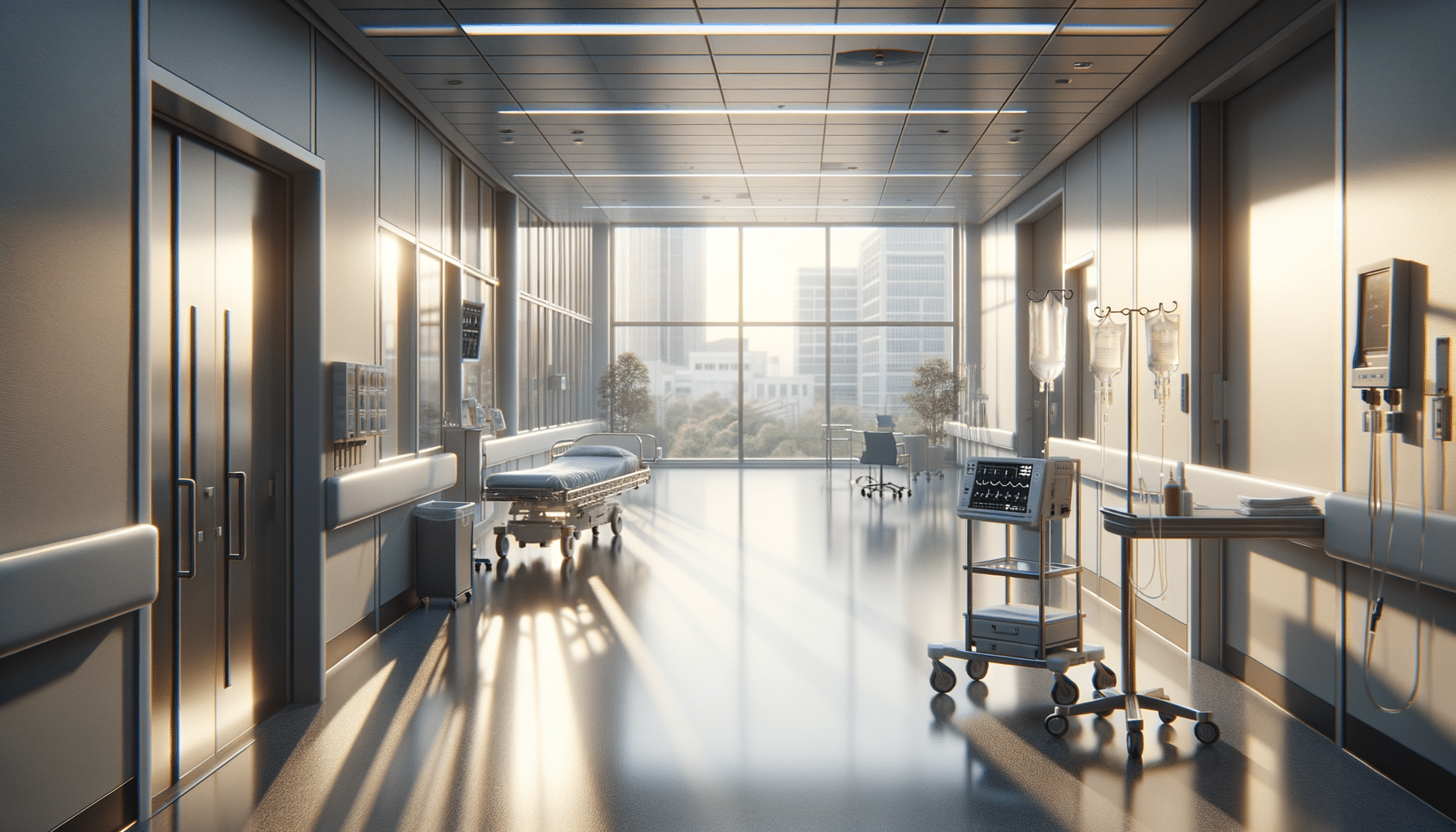
Stages of Stroke Recovery: What to Expect and How Progress Happens
Introduction to Stroke Recovery
Experiencing a stroke can be a life-altering event, impacting the individual and their loved ones. Understanding the stages of stroke recovery is crucial for setting realistic expectations and providing the necessary support. Recovery is a gradual process that varies from person to person, influenced by factors such as the severity of the stroke, the area of the brain affected, and the individual’s overall health. This article aims to provide a comprehensive overview of the stages of stroke recovery, offering valuable insights into what to expect and how progress happens.
Acute Stage: Immediate Care and Stabilization
The first stage of stroke recovery, known as the acute stage, occurs immediately after the stroke. During this critical period, the primary focus is on medical stabilization and preventing further damage. Patients are typically admitted to a hospital where they receive treatments such as clot-dissolving medications or surgery to remove blockages, depending on the type of stroke. The healthcare team closely monitors vital signs and brain function to manage any complications.
Recovery during the acute stage is often uncertain, as the brain begins to heal and adjust to new circumstances. The patient’s level of consciousness, ability to move, and speech may be affected, requiring constant assessment and support. Family members play a crucial role in providing emotional support and gathering information about the patient’s condition and treatment options.
During this stage, healthcare providers may conduct various tests, such as CT scans or MRIs, to assess the extent of the damage. These tests help in formulating an individualized recovery plan, setting the foundation for the next stages of rehabilitation.
Subacute Stage: Rehabilitation and Recovery
Following the acute stage, patients enter the subacute stage of stroke recovery, typically lasting from a few days to several weeks. This phase involves intensive rehabilitation aimed at regaining lost functions and promoting independence. Rehabilitation may take place in a specialized facility, a hospital, or at home, depending on the patient’s needs and progress.
Rehabilitation programs are tailored to address specific deficits caused by the stroke, including physical, occupational, and speech therapy. Physical therapy focuses on improving mobility, strength, and balance, while occupational therapy helps patients relearn daily activities such as dressing and eating. Speech therapy addresses communication difficulties and cognitive impairments.
During the subacute stage, patients may experience significant improvements, but progress can be slow and challenging. It is essential for patients and caregivers to remain patient and motivated, celebrating small victories while setting realistic goals. Support from family and friends, along with encouragement from healthcare professionals, plays a vital role in maintaining morale and motivation.
Chronic Stage: Long-Term Adaptation and Maintenance
The chronic stage of stroke recovery begins several months after the stroke and can last for years. During this phase, the focus shifts to long-term adaptation and maintenance of the gains achieved during rehabilitation. Patients continue to work on improving their physical and cognitive abilities, often requiring ongoing therapy and support.
Adaptive strategies become crucial in the chronic stage, as patients learn to navigate their daily lives with any remaining impairments. This may involve using assistive devices, modifying the home environment, or developing new routines to accommodate limitations. Patients are encouraged to participate in support groups or community programs to maintain social connections and share experiences with others facing similar challenges.
Regular follow-up appointments with healthcare providers are essential to monitor progress and address any new issues that may arise. Lifestyle changes, such as a healthy diet, regular exercise, and medication adherence, play a significant role in preventing further strokes and promoting overall well-being.
Psychological and Emotional Recovery
Alongside physical recovery, stroke survivors often face psychological and emotional challenges. Depression, anxiety, and cognitive changes are common, affecting both the individual and their caregivers. Addressing these aspects of recovery is vital for achieving a comprehensive and balanced rehabilitation process.
Counseling or therapy can help patients and their families cope with the emotional impact of a stroke. Cognitive behavioral therapy (CBT) is often used to address negative thought patterns and develop coping strategies. Support groups provide a platform for sharing experiences and gaining encouragement from others who have undergone similar journeys.
Caregivers also need support, as they play a crucial role in the recovery process. Respite care, counseling, and caregiver support groups can provide much-needed relief and resources, ensuring caregivers maintain their own well-being while supporting their loved ones.
Conclusion: Embracing the Journey of Stroke Recovery
Stroke recovery is a complex and individualized journey, requiring patience, resilience, and support from both healthcare professionals and loved ones. By understanding the stages of recovery and the challenges involved, patients and caregivers can better navigate the process and foster a positive outlook. Embracing each stage with determination and hope can lead to meaningful progress and improved quality of life. While the road to recovery may be long, the potential for regaining independence and achieving personal goals remains a powerful motivator.


